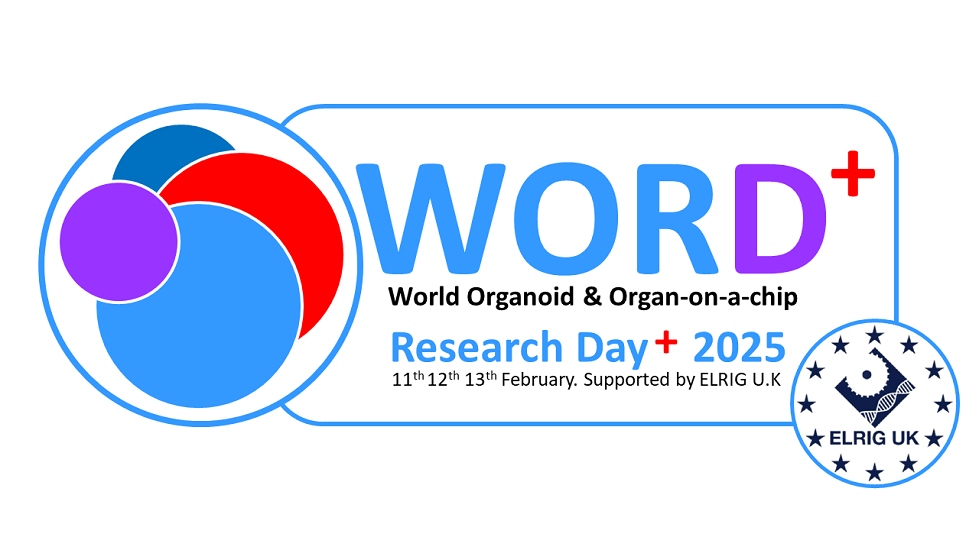Authors
J Waelzlein1; KA SchwenkeJO MejedoJ Ospina-GarciaS ReuschC KlotzMA Schneider2; S Kummer
1 Robert Koch-Institute , Germany; 2 Translational Lung Research Center Heidelberg, German Center for Lung Research (DZL), Germany
Overview
Organoids have advanced to versatile tools in 3R research, representing valuable alternatives for animal models and physiologically relevant human disease models at the same time. As the federal Public Health Institute, the RKI aims to establish an in-house multi-species, multi-organ organoid platform. The objective is a broad methodology in order to strengthen the Institute`s pandemic preparedness plans for novel and re-emerging pathogens, which often have to be handled in a BSL4-laboratory.
Introduction
Bronchial and nasal lung organoids have been generated from adult stem cells derived from various primary and commercial cells. Characterisation showed that all organoids consist of a physiologically applicable cell composition. The aim is to establish these lung organoids as infection models. As a next step, organoids will be transferred to the organ-on-chip format, which will allow to study inter-organ virus dissemination as well as inter-species virus transmission.
Methods
ScRNA sec will be applied to investigate viral cell tropism, host cell response etc. Differential gene expression during a viral infection can be tackled with the Nanostring method. Classic antiviral tests are also included in our method range. Once conditions will be established, these tests will be applied to the multi-organ-chip format. 4D image data of a fluorescent labelled virus have been generated and with the help of deep learning will be used for modelling viral replication kinetics.
Results
QC scRNA sec runs yielded good cell viability. Differential gene expression following infection of lung organoids with BSL4 pathogens has been studied by Nanostring and is currently being analysed. Preliminary infection of organoids on organ chips have been performed and successful inter-organ transmission could be observed. Furthermore, the anti-viral effect of two clinically licensed drugs has been tested in EBOV-infected organoids. The generated 4D data is currently being processed by AI.
Conclusion
The envisaged methods have successfully been performed and are currently being analysed and further improved. The transfer to organ chips will allow physiologically more relevant studies including elements of the immune response. Thus, various aspects of pathogen kinetics as well as host response can be looked into in more detail with the goal of successful prevention of infection and/or therapeutic intervention.

